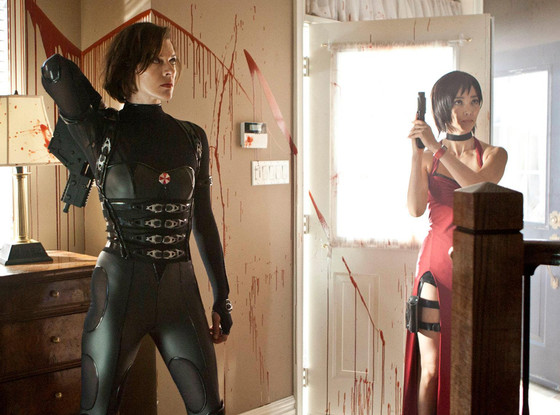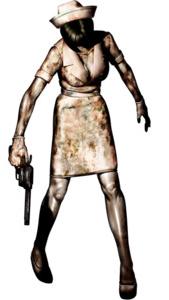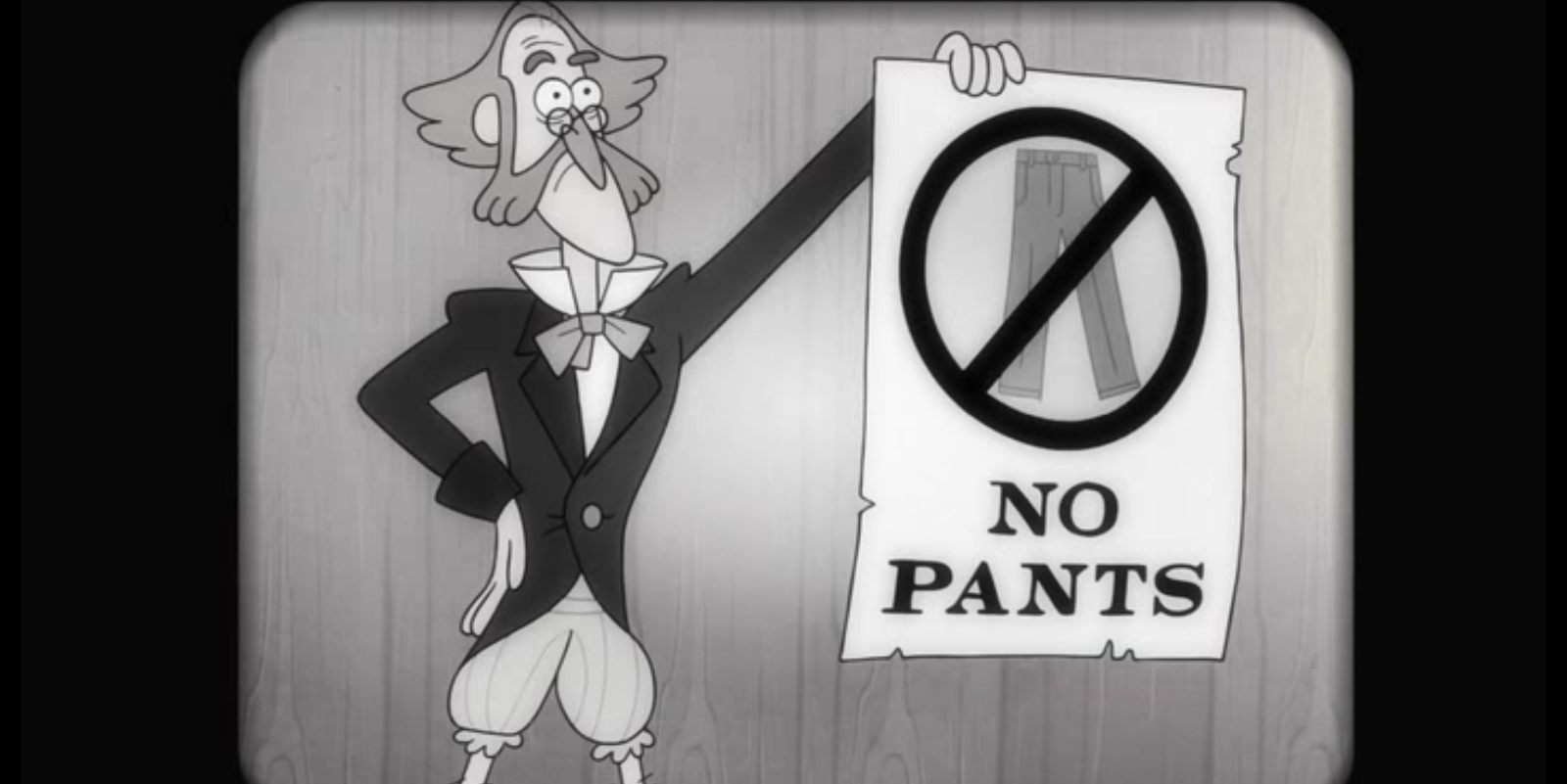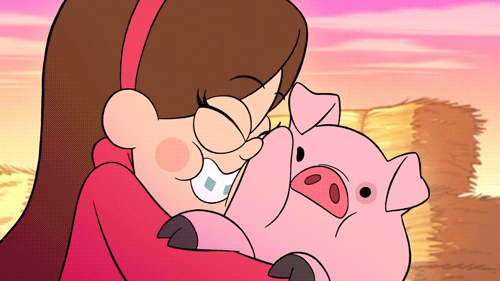The Wife and I went to see Resident Evil: Retribution last weekend. I don’t think I’ve ever said “What the F?” so many times during a single film.
Yeah, it was pretty much as retarded as can be. And not retarded in an awesome way like Lollipop Chainsaw, but retarded in a “how did anyone think this was a good idea?” kind of way. Keep in mind that this is coming from someone who liked the four previous Resident Evil movies, and went into the theater pretty excited for the next chapter.
The movie opens right where the last one left off, with Alice and a bunch of no-names on a huge boat and Umbrella…jets? I don’t know how do describe those things. Umbrella flying vehicles surrounding them. Only, it starts at the end of the scene, and the opening credits are set over the “battle” on the ship being played in reverse slow-mo. This is not a bad way to do your opening credits. Kind of artistic, but nothing super-original. The only problem I have with this is that Chris and Claire are on-screen for about three seconds and then vanish forever. They are nowhere else in the movie. It’s right after this scene that things go to Hell.

The opening credits are immediately followed up by Milla Jovovich spending ten minutes or so giving a rather thorough summary of the first movie, and then bits and pieces of the three sequels that preceded this one. Kind of odd that they spend so much time talking about the first one instead of the fourth film, Resident Evil: Afterlife, but it turns out to be foreshadowing, so I guess it’s okay. What’s not okay is that they just spent ten minutes of our movie summarizing the entire series up to this point! I know it’s Hollywood and they have to assume that all moviegoers are idiots, but geez. Once you’re in the fifth installment of a so-so action-horror franchise that’s (very) loosely based on a video game, you’re pretty much only attracting the people who’ve seen the other movies and need closure.
Then, then they have the gall to show us the boat battle. Again. In normal speed and not backwards. Again, you’re just doing this for the morons who didn’t understand the slo-mo-rewind version that they just saw ten minutes ago. There’s no need to show this scene a second time! We got it!
After that, there’s a “dream sequence” that does serve as more foreshadowing, sort of, but is still not entirely necessary. If you’re keeping track, after the opening credits are done, roughly the next half hour of movie is a big waste of time. Why could this time not have been spent fleshing out the plot a little better? Maybe instead of telling us stuff we (should) already know and showing duplicate scenes and a stupid dream sequence, maybe explain a little bit about the damn viruses! That’s actually really important and not something that has been discussed at all since the second movie!
I’ll take a little rage break to educate those of you who haven’t followed the games, and don’t know the Resident Evil virus lineage. The first movie starts with the T-Virus. This is accurate, and discussed at length in the first two films. It reanimates the dead, and has a mutation effect on most species, which gives us things like lickers and Nemesis. This is uncomplicated and without being nitpicky, it can reasonably carry us all the way to the end of third movie, Resident Evil: Extinction. But then in Afterlife, suddenly the zombies start sprouting Plaga tentacles and we encounter an Executioner. What’s that? What’s a Plaga, you ask? The Las Plagas parasite is introduced in Resident Evil 4, and genetically improved in Resident Evil 5, which is where the creepy mouth-tentacles come from. It’s also the reason why the “zombies” are now able to retain their intelligence and move at increased speeds: they’re not zombies, they’re giant bugs puppeteering the corpses of their human hosts. This is never explained in the movies, and you could have hand-waved it as a T-virus evolution until Retribution.
There are two points in this movie where the Las Plagas are mentioned by name. One is quick and subtle enough that you’ll miss it if you don’t know what it means, but the second is made a very big deal at the climax of the film. Never, ever, does anyone explain what the Las Plagas are, or where they came from. More infuriating still is that none of the Plaga hosts transform at any time. They just remain super-powered humans, though all but one look like vampires from Buffy. It’s not that this isn’t plausible, but it’s a huge waste of an opportunity! In a movie that’s about special effects and gruesome creatures, why wouldn’t you have the cool bug-monsters sprout out of their host bodies? (Big spoilers follow, highlight to read) More annoying still is that the main character who is injected with a Plaga ends up being eaten by the “Plaga Undead,” as the movie calls them. This is completely retarded, and makes absolutely zero sense. Plagas are supposed to have a hive-mind thing going on. They know damn well not to eat one of their own. Aargh! I understand that the movie series is taking some creative liberties with the franchise, but not explaining important plot elements is bad. It flies in the face of proper world-building and is just sloppy movie-making. I’m sure the rest of the entries in the series have their own problems like this, but none were nearly as noticeable to me.

While a lot of Retribution was pretty hard to watch, there were some good elements! They were named Ada Wong, Leon Kennedy, and Barry Burton. Three very awesome fan-favourite game characters that have only finally made their debut in the movie franchise. I have to especially hand it to the casting director, because Bingbing Li is a dead ringer for Ada, though maybe ten years younger. The costume designer is clearly a fan of the games too, because Leon and Barry’s outfits were spot-on to their game incarnations. At least to someone who doesn’t pay a huge amount of attention to costumes. Barry had his trademark red vest, and Leon had his super-swank jacket and shoulder-knife. Perfect.
All was not good surrounding these three though. The dude who played Leon very obviously had some issues with the awful dialogue, and his delivery on a handful of them were almost as bad as the writing itself. Then there’s Barry’s big part in the escape scene… you’ll know it when you see it, and you will either groan the biggest groan ever or actually hurt yourself because you facepalmed so hard. I did the latter.
In conclusion, Resident Evil: Retribution has a few more issues than any of the other movies in the series. And I’ve got a pretty high tolerance for crap like this. It’s got some ups, a lot more downs, and an elephant-sized licker for some reason. The only reason you should see this movie is, like I said earlier, if you’ve seen the other four and need a little closure. Oh, but you won’t get that anyway because they all but said “stay tuned for the sixth one!” at the end. Yeesh.
 I’m talking about Rayman, of course. That little guy created by Ubisoft way way back in 1995. It’s kinda sad that I can call 1995 “way, way back” without meaning it as a joke. The point here, is that I didn’t play Rayman for years. Hey, can you blame me? I didn’t have a Playstation yet, and I wasn’t big on PC gaming outside SimCity 2000 and Duke Nukem 3D. Given the chance, I probably would have played the game too, since it was an action platformer and I was still pretty hesitant to leave that genre’s warm embrace.
I’m talking about Rayman, of course. That little guy created by Ubisoft way way back in 1995. It’s kinda sad that I can call 1995 “way, way back” without meaning it as a joke. The point here, is that I didn’t play Rayman for years. Hey, can you blame me? I didn’t have a Playstation yet, and I wasn’t big on PC gaming outside SimCity 2000 and Duke Nukem 3D. Given the chance, I probably would have played the game too, since it was an action platformer and I was still pretty hesitant to leave that genre’s warm embrace.
 Speaking of spooky things and video games, I’ve begun playing Silent Hill 2 again to half-assedly get into the spirit of Halloween. I thought I was going to do it right this time, playing alone in the dark, but I messed that up. Since I’m playing the HD Collection edition, my experience is being totally controlled by achievements, and as such my current playthrough has been paired with some extensive map-making and step-by-step instructions on how to get through the game as quickly as possible. At the very least, by the time I’m done with it, I’ll have become a master of the game.
Speaking of spooky things and video games, I’ve begun playing Silent Hill 2 again to half-assedly get into the spirit of Halloween. I thought I was going to do it right this time, playing alone in the dark, but I messed that up. Since I’m playing the HD Collection edition, my experience is being totally controlled by achievements, and as such my current playthrough has been paired with some extensive map-making and step-by-step instructions on how to get through the game as quickly as possible. At the very least, by the time I’m done with it, I’ll have become a master of the game.







